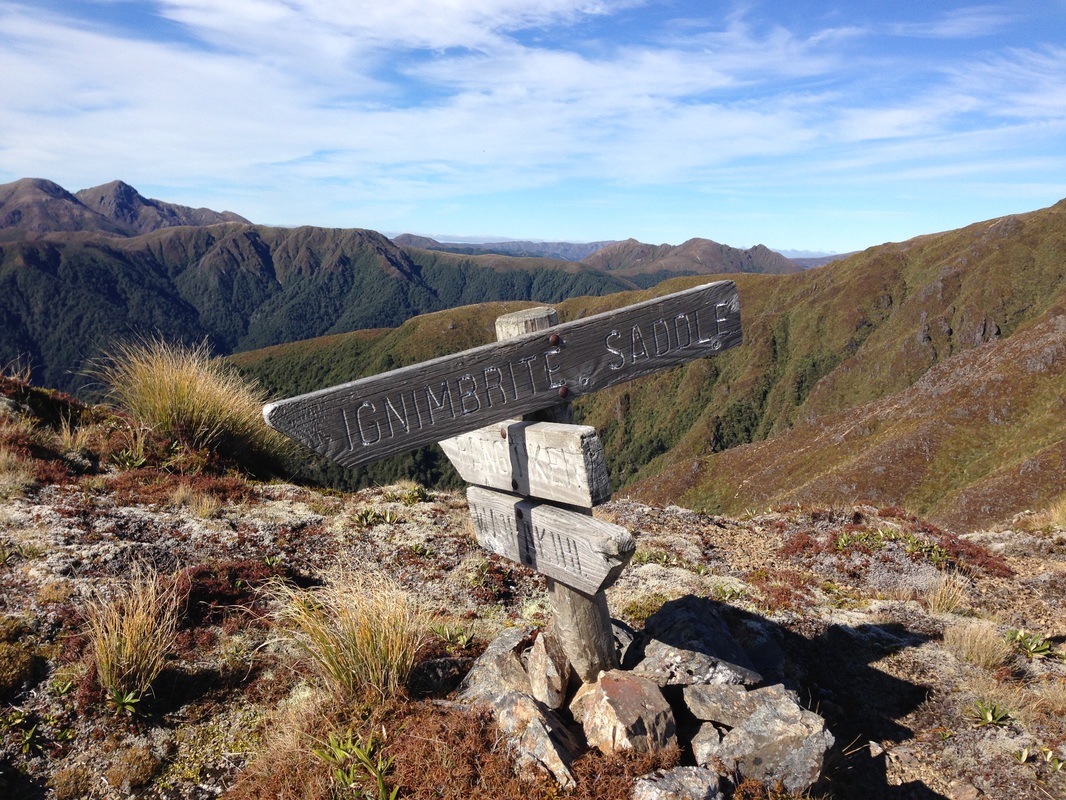The situation brings up a few topics of discussion, which I hope the trail running community can use as a positive.
Event organisers are required to have health and safety procedures in place. In the Susan O'Brien scenario, it would have taken a lot longer for search crews to be mobilised had she been on her own. However, this is not a good reason to be negligent in terms of the gear that you carry, or your knowledge of where you are going. Too often, runners blindly follow the compulsory gear requirements, or lack there of, and have little or no knowledge of where they are going.
A great/poor example of this in action was during The Goat (2013). The event is rough, exposed, and begins 1600m above sea level. The forecast was less than optimal and competitors were greeted at the start line with ≤100m visibility, cold temperature, high wind and rain. Those athletes who finished the event wearing all of their compulsory gear were very cold, and would have been in trouble had they need or been forced to stop. I have never seen so many survival bags and blankets (more on that soon) used at the conclusion of an event.
The point being that the compulsory gear requirements at events are the minimum and certainly not the maximum requirement. Event organisers should not have to tell competitors to carry more gear when the climactic conditions look less than optimal. Equally, the lack of compulsory gear is not a good reason to carry nothing in the presence of a cyclone.
For what are hopefully obvious reasons, the more remote your run, the greater the need to be self sufficient. The scenario I encourage you to consider every time you go for a run is, if you were to break your leg and be unable to move, what is the likelihood that you will be able to communicate with the outside world, and what is the likelihood that you will see other people who can help within hours/days. If both of these things are unlikely, then for your own safety you should be carrying enough gear to survive overnight and potentially longer.
As important as what you carry is that you have told someone of your intentions. I suggest telling at least one person where you are going, how long you expect it to take, and what to do if you do not return by a certain time.
The below gear is what I suggest you should carry as an absolute minimum:
Survival Bag (NOT Blanket) - if you only have in one piece of equipment, go and buy a Mountain Safety - Pocket Survival Bag. If things turn sour, you crawl into the survival bag and hold the top closed above your head (think oven roasting bag). Foil survival blankets are in my opinion a waste of time. As an added bonus, the bags have survival instructions printed on them.
Seam Sealed Jacket - worth noting that the lightest/smallest jacket may not be the most waterproof.
Personal Locator Beacon (PLB) or Phone - a cellphone is a good start, though limited in terms of usability in remote locations. When activated a PLB will alert and direct emergency services to within 100m of your location. Well worth the investment.
Food & Water - 'n+some', where 'n' is the amount you think you need.
First Aid Kit - basic first aid, with specific emphasis on a roll of strapping tape and a bandage.
Long-sleeve Thermal Top - speaks for itself.
Buff or Beanie - speaks for itself, also very space efficient.
Gloves - speaks for itself, also very space efficient.
Backpack - large enough to fit at least the gear above, and still be comfortable to wear. Personally I use an UltrAspire Zygos.




